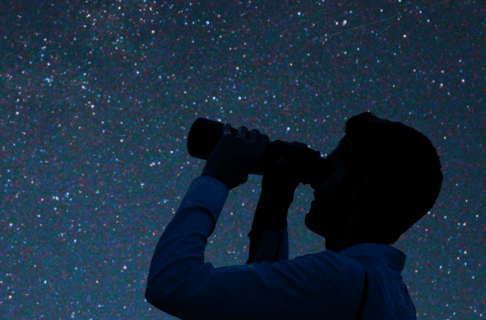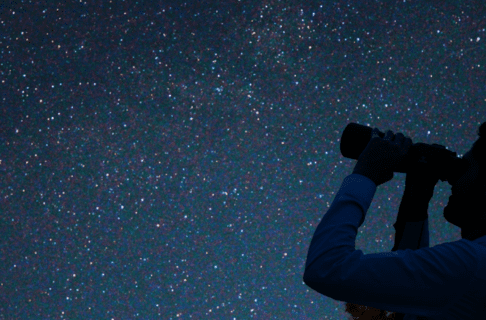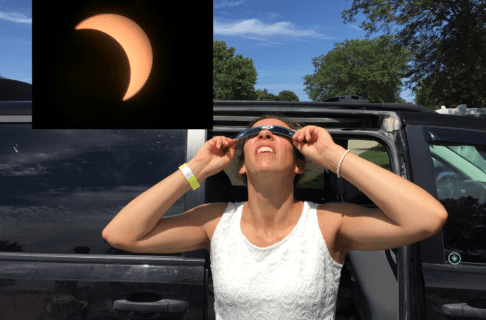At the edge of the solar system, there is a cloud of small, icy objects that are left over from the formation of the solar system. They’re too small to see from Earth, and much too far to visit, and yet they are like a deep-freezer full of evidence of how our solar system formed, preserved in the cold of deep space. Luckily, every so often one of these icy bodies gets bumped or deflected into a new orbit that carries it towards the inner solar system. Right now, you can see one of these tiny bodies in the sky with nothing more than a pair of household binoculars.
The object in questions is called Comet 2021 A1 (Leonard) – it was the first comet discovered in 2021, by Greg Leonard, a senior research specialist working at the Catalina Sky Survey at the University of Arizona. Catalina scans the sky looking for new things, so it finds a lot of comets, and this isn’t the first Comet Leonard, either. However, this comet Leonard may be bright enough to see without a telescope later this month.

How Do I Find It?
The comet is currently sitting in the morning sky between the Big Dipper and the constellation Bootes the Herdsman, and it has been seen in binoculars from a dark location (read: outside the city, without any nearby lights or the Moon to interfere). You can use the detailed chart below to zero in on where the comet will be each night – its orbit carries it around the sun fairly quickly and it’s in a different spot every night.
What Will I See?
If you’re using binoculars, you will probably see a faint round ball of grey light, perhaps with the hint of a tail sticking upwards. Try not looking directly at the comet, but direct your eyes slightly away and get the more sensitive parts of your retina involved – this technique of averted vision is key in seeing fainter objects.
If you have a DSLR camera, try sticking it on a tripod and taking some time exposures of the sky – use ISO of 800 or higher and exposure times of 1 second up to about 10 seconds, and see what you get. (You might get something with other kinds of cameras or cell phones, but probably not.)
Why Bother?
I’m not gonna lie, seeing a faint fuzzy ball in the sky isn’t going to make you jump up and down because of the physical appearance of the object. It’s a challenging observation of an object that humans may never see again, and a chance to see an object that is older than anything on our planet. Plus, comets have a way of being unpredictable, sometimes surging in brightness unexpectedly or even breaking apart into multiple pieces. You never know what you’re going to see.
Finding a comet with binoculars is something we can’t do very often – maybe once a year or even less. It’s also perfect practice for using a telescope – many of he skills you develop finding Comet Leonard will help you out if you aspire to use a telescope at some point. But for me, the chance to see such a fleeting celestial visitor is a magical experience, one that really makes me feel connected with the cosmos.
Now, all we need are some clear skies…






